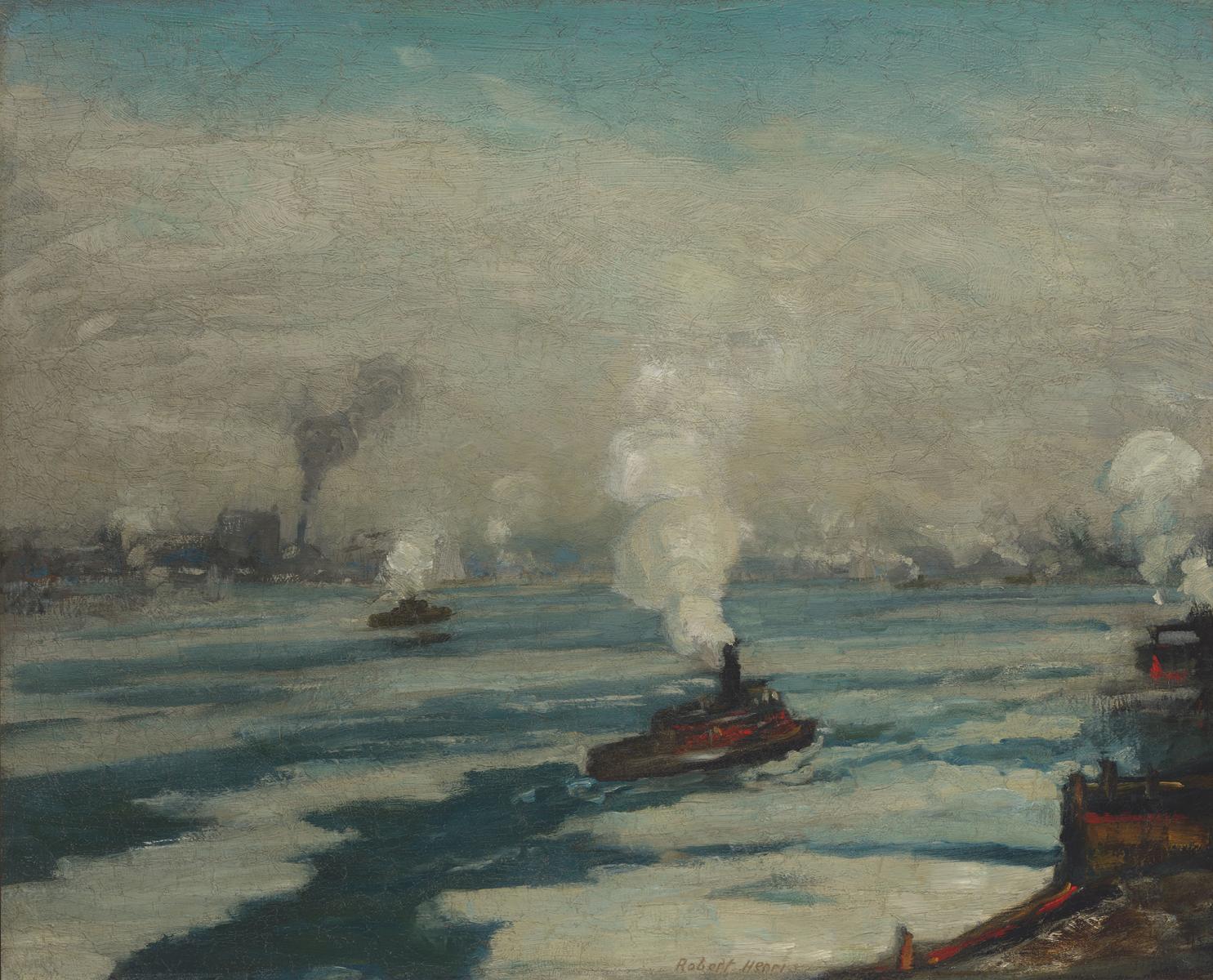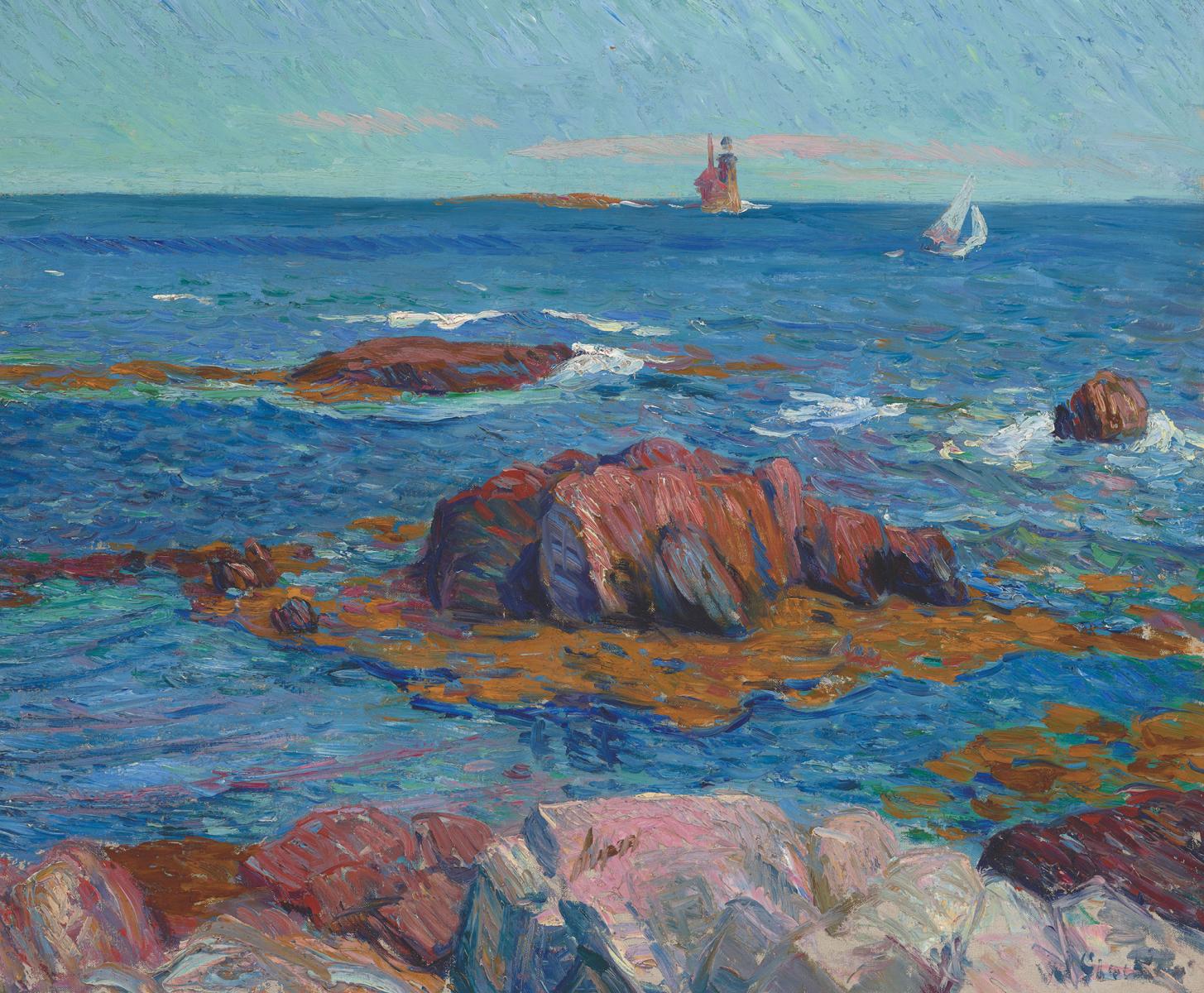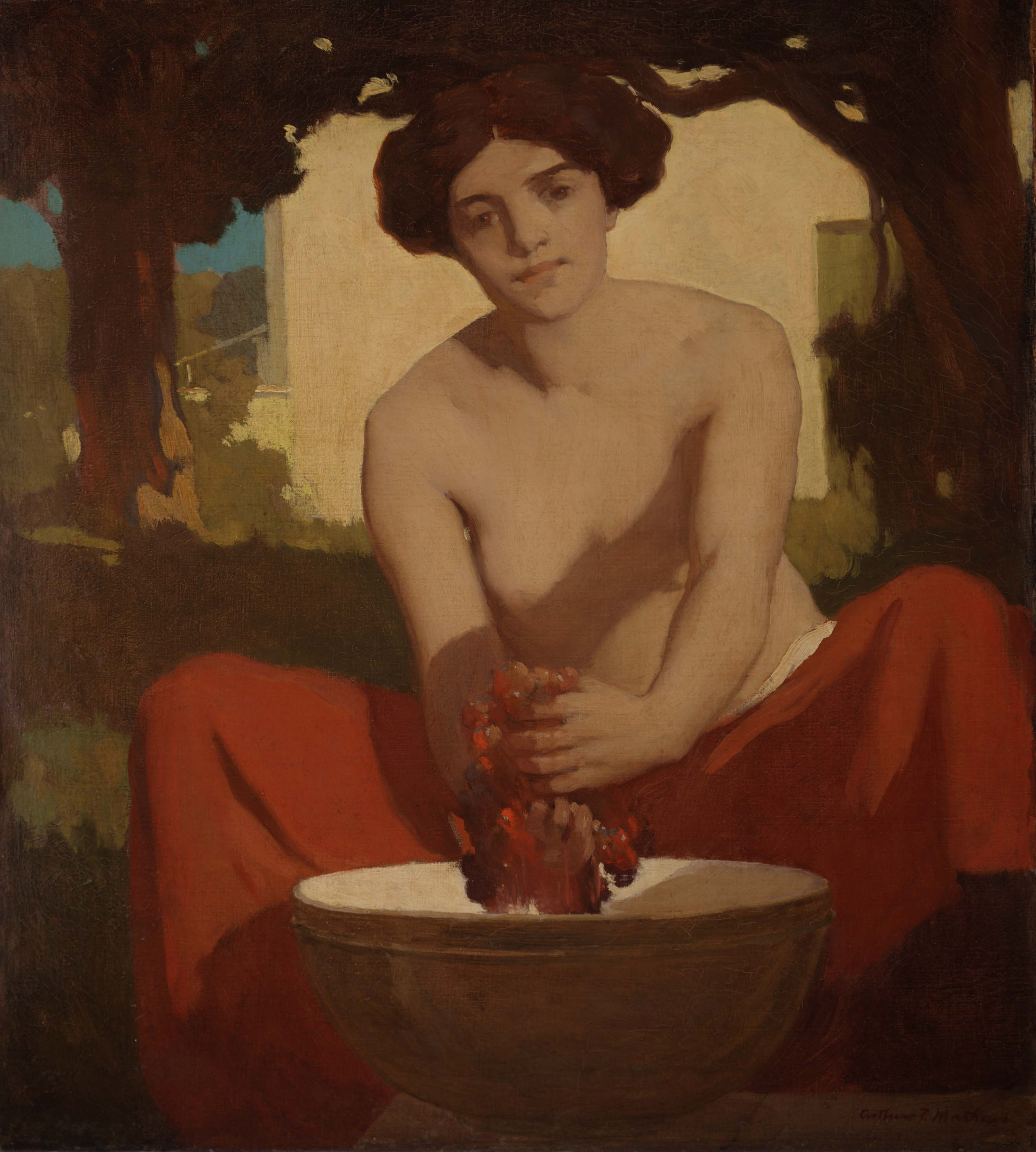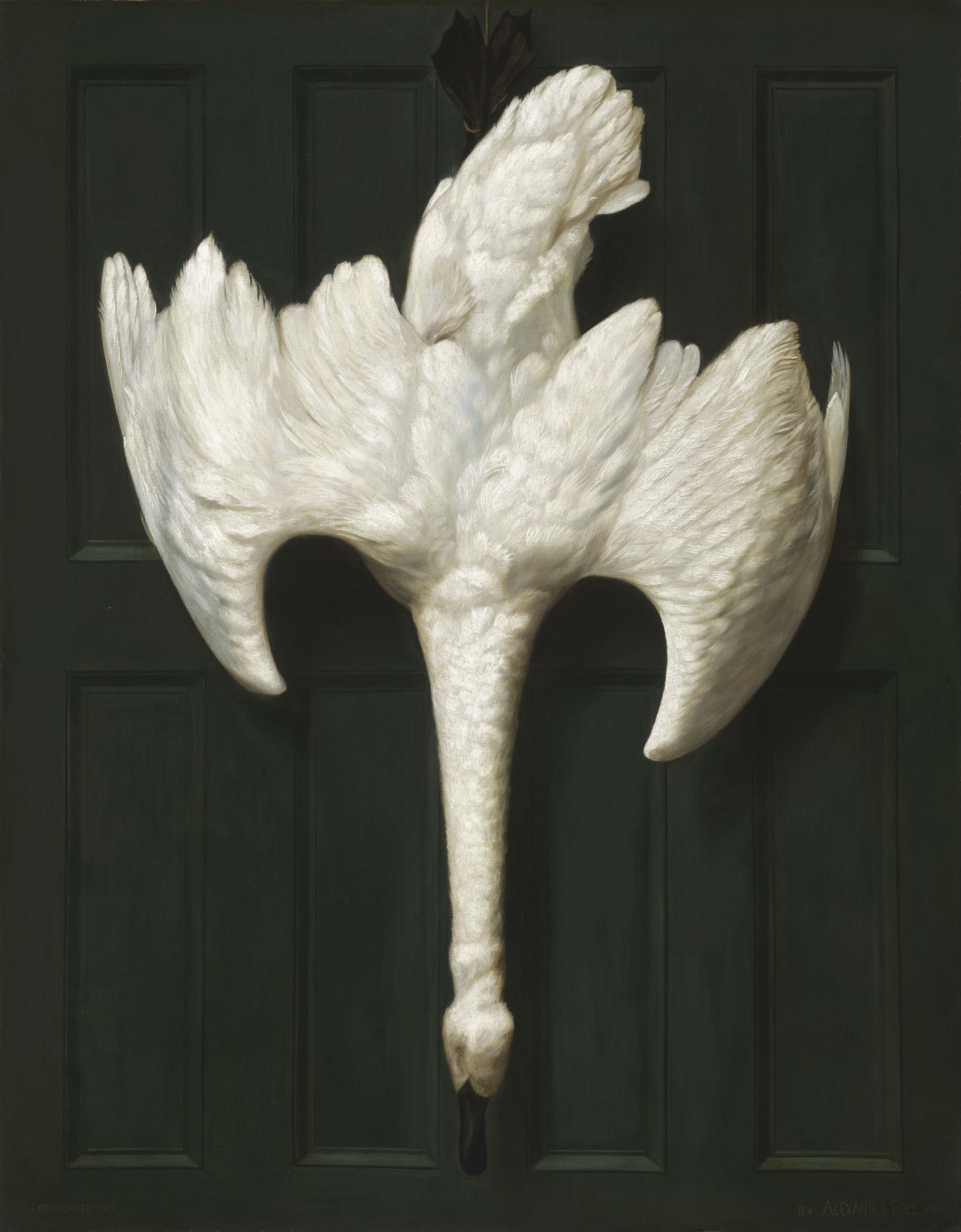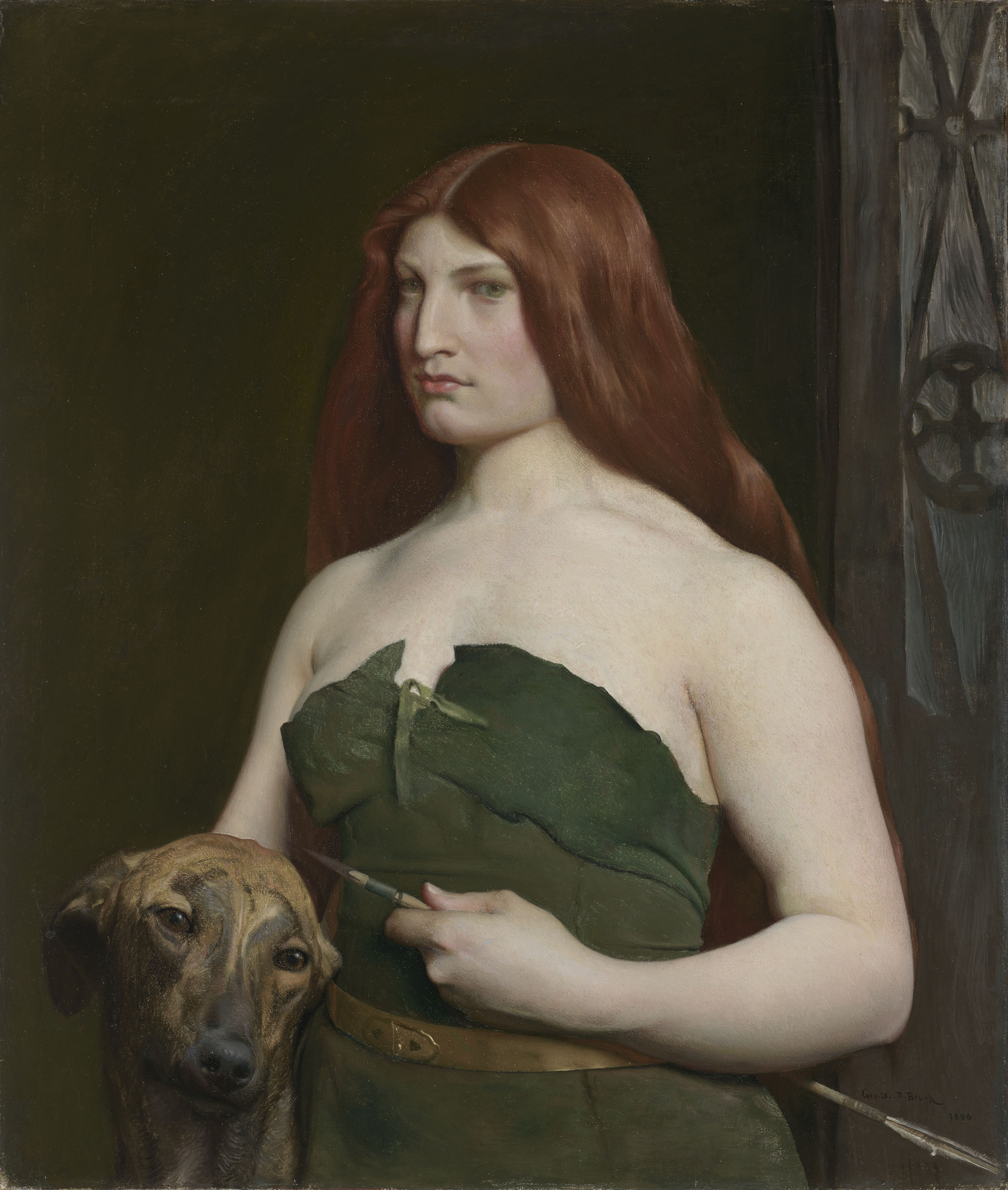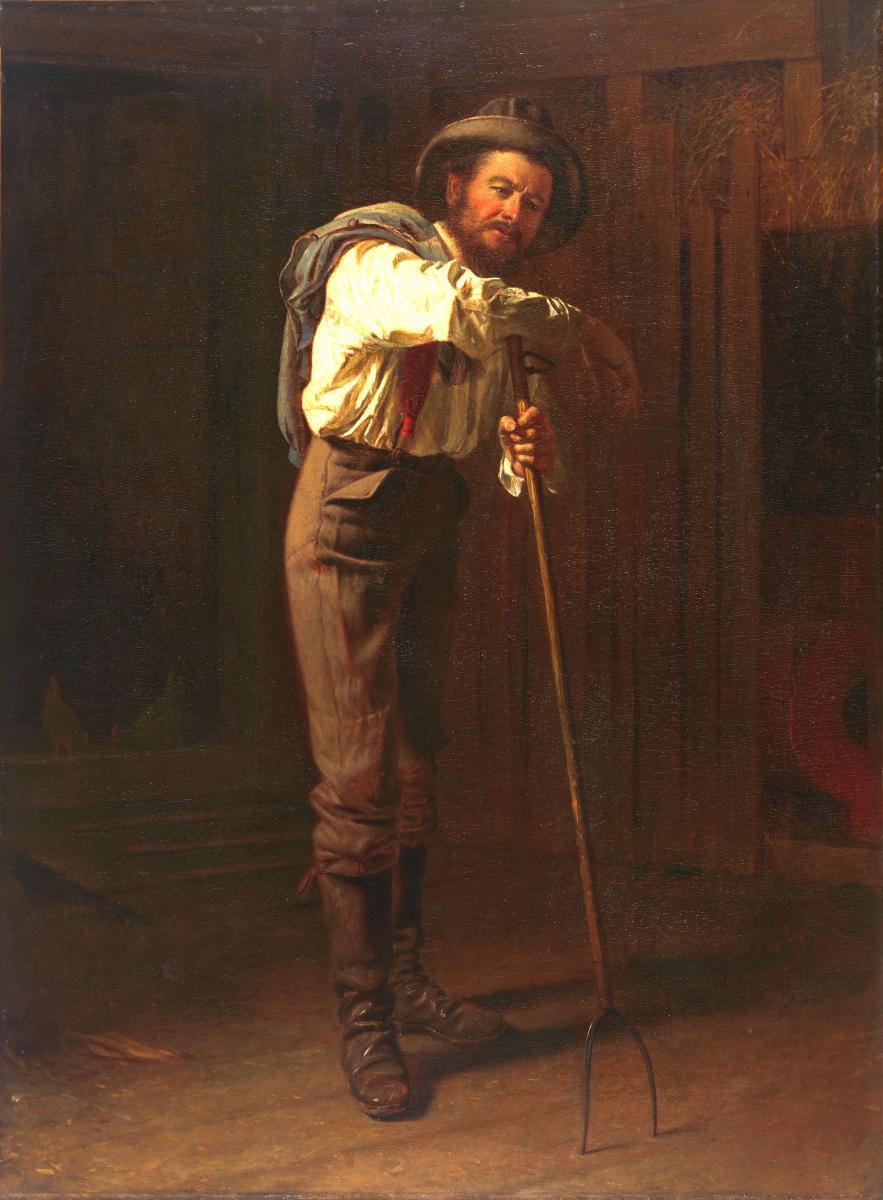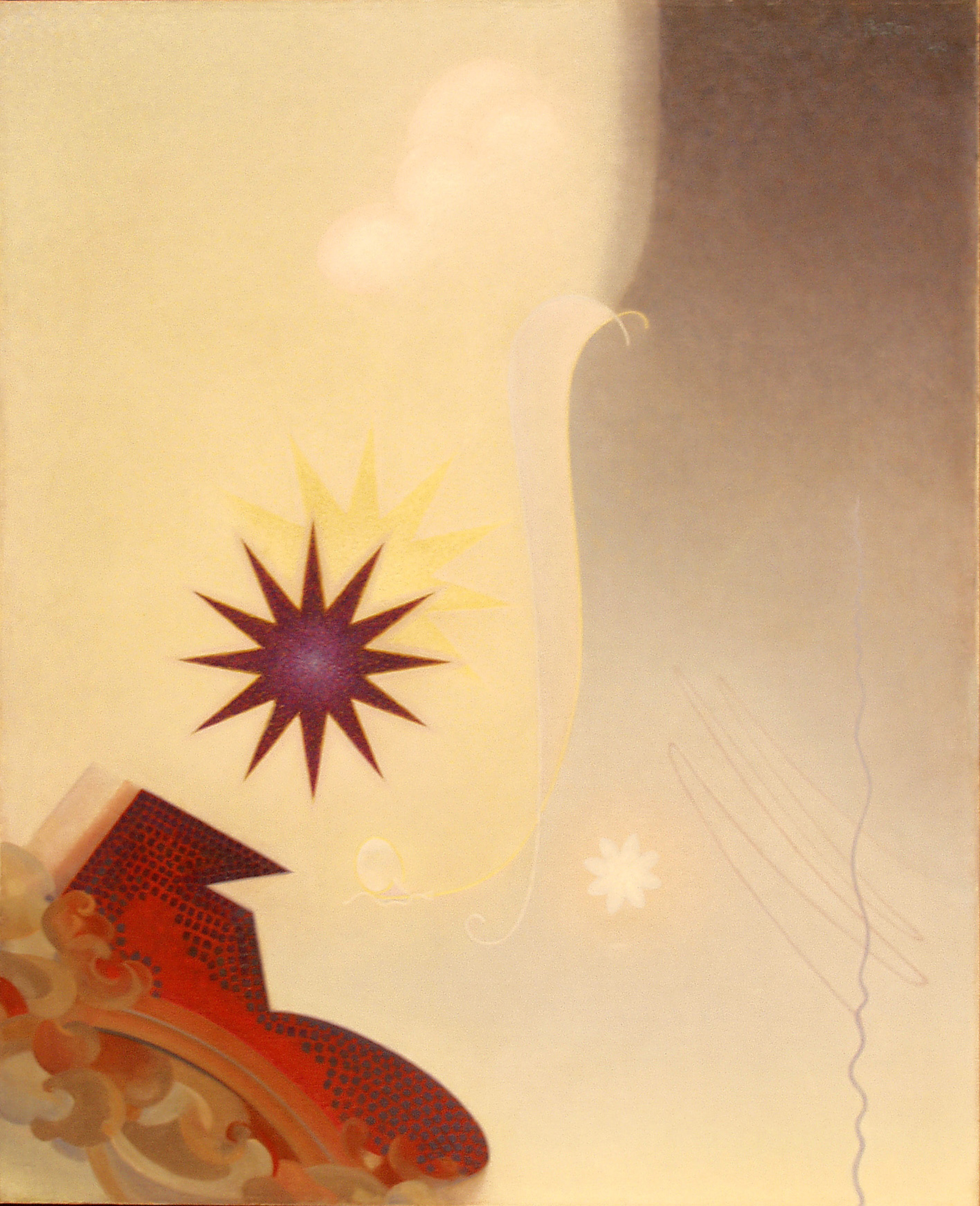Little Lamerche
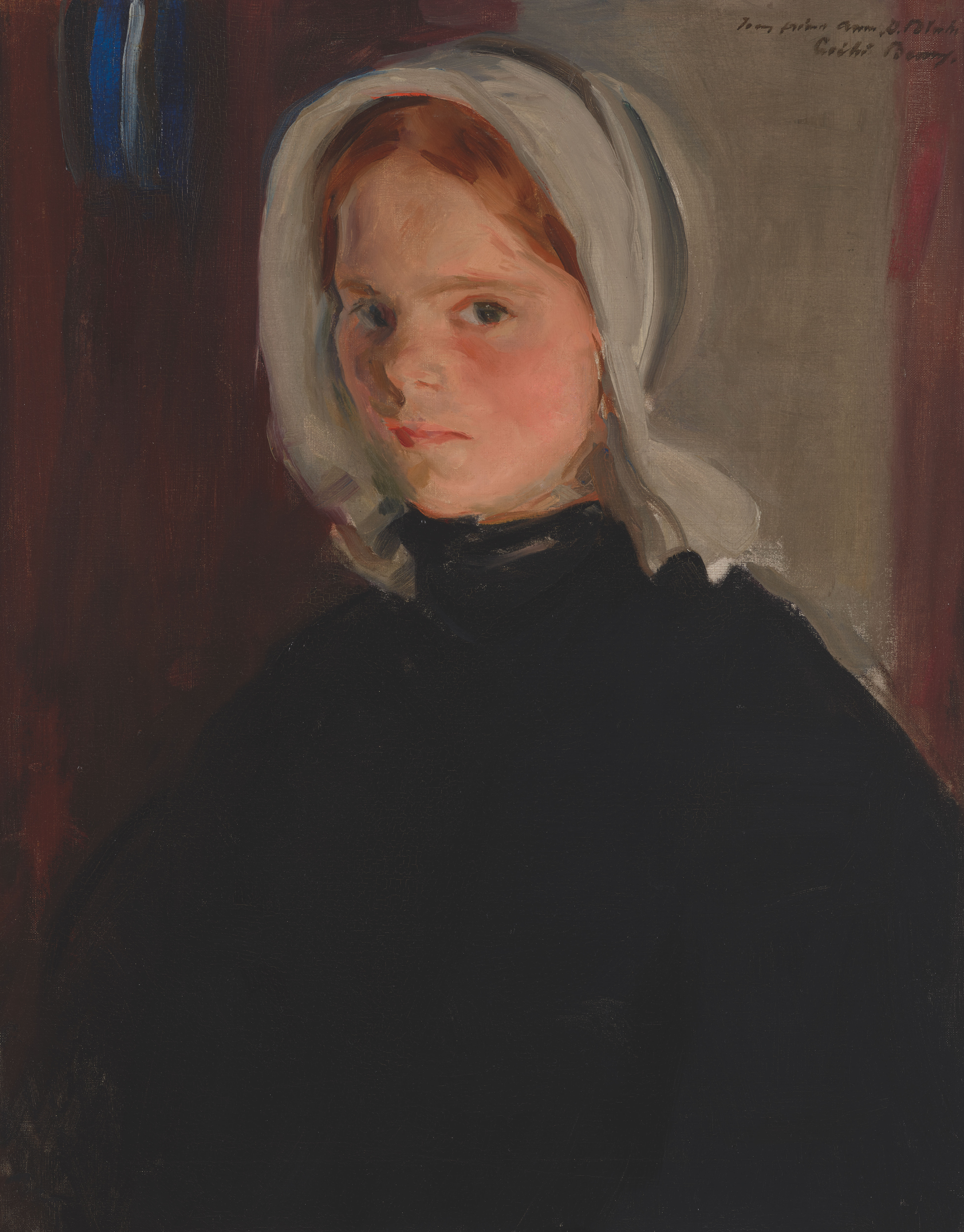
Is there a difference between male and female representations of women?
The subject of this painting has been identified as a girl from Brittany, France’s northwestern-most region. Beaux spent the summer of 1888 at the artists’ colony of Concarneau in Brittany, where she was intrigued by her encounters with local people, later writing about their customs, clothing, and appearance. Breton peasant subjects were common among American artists, and Beaux gifted this portrait to her friend Anne D. Blake, a Boston-born painter who later became Beaux’s travel companion.

